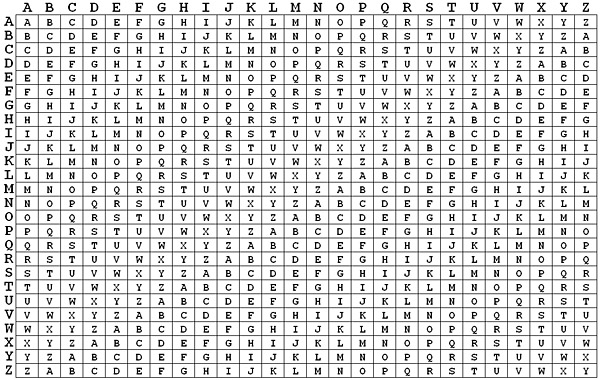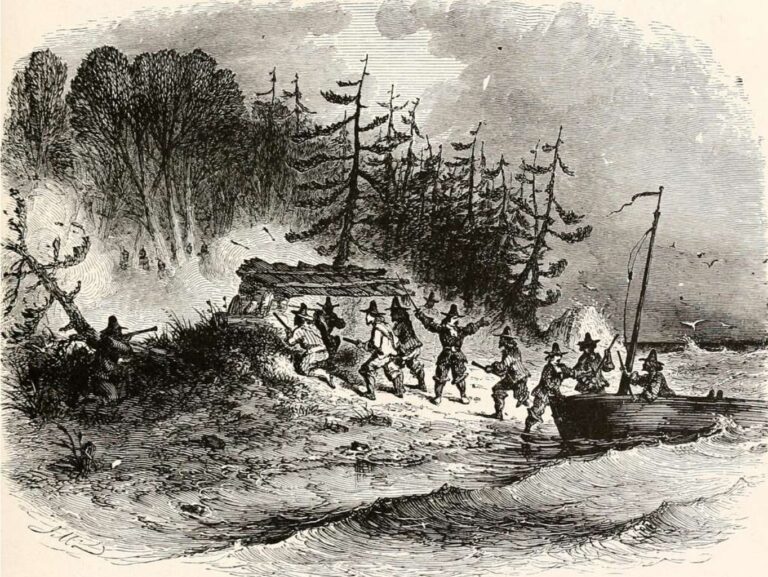Unveiling the Vigenère Cipher: A Journey Through History and Usage

In the vast world of cryptography, where secrets are whispered through the ages, the Vigenère cipher stands as a testament to human ingenuity and the timeless battle of codebreakers and cryptanalysts. Join us on a journey through history and usage as we unveil the secrets of this intriguing cipher.
A Glimpse Into History
The Vigenère cipher, invented in the 16th century, derives its name from Blaise de Vigenère, a French diplomat, and cryptographer. Its origins, however, trace back even further to an Italian polymath, Leon Battista Alberti, who devised a similar method in the 15th century. Alberti’s “polyalphabetic cipher” laid the foundation for Vigenère’s work.
During the Renaissance, the Vigenère cipher gained popularity as a robust method of encryption, replacing earlier, more vulnerable ciphers. It became a favored tool of diplomats, military commanders, and spies. Notably, Queen Elizabeth I’s advisor, Sir Francis Walsingham, relied on this cipher to protect sensitive communications in a world fraught with espionage.
How the Vigenère Cipher Works
At its core, the Vigenère cipher is a polyalphabetic substitution cipher, making it a significant leap forward from simpler monoalphabetic ciphers. While monoalphabetic ciphers substitute a single letter with another, the Vigenère cipher employs multiple alphabets. This polyalphabetic feature enhances security and complexity, challenging would-be codebreakers.
The key to understanding the Vigenère cipher is the keyword. The keyword is repeated to match the length of the message. Each letter in the keyword corresponds to a specific shift value, determining how each letter in the plaintext is shifted to create the ciphertext. The recipient, knowing the keyword, can then decrypt the message accordingly.
Unmasking the Vigenère Cipher
One of the remarkable features of the Vigenère cipher is its resistance to frequency analysis, a common tool in codebreaking. Frequency analysis relies on the fact that certain letters appear more frequently in a given language. In monoalphabetic ciphers, substituting one letter for another doesn’t change the frequency distribution. The Vigenère cipher, on the other hand, disrupts this pattern by shifting letters differently according to the keyword.
However, the Vigenère cipher is not impervious to cryptanalysis. Over time, cryptanalysts developed techniques to break its codes, most notably Charles Babbage and Friedrich Kasiski. Their work paved the way for more advanced cryptographic methods.
Legacy and Modern Usage
In the modern era, the Vigenère cipher is no longer the unbreakable code it once appeared to be. With the advent of computers and sophisticated algorithms, it can be deciphered relatively easily. Nevertheless, it retains its historical significance and continues to be a subject of fascination for those interested in the art of cryptography.
It has found a place in the world of recreational cryptography and puzzle creation. Cryptic crosswords and puzzles often employ variants of the Vigenère cipher to challenge and engage enthusiasts.
The Vigenère cipher serves as a reminder of the enduring fascination with cryptography throughout human history. It stands as a testament to the ingenuity of early cryptographers and the determination of those who sought to protect their secrets. While it may no longer guard sensitive information in the digital age, it will forever hold a place in the annals of cryptographic history.






